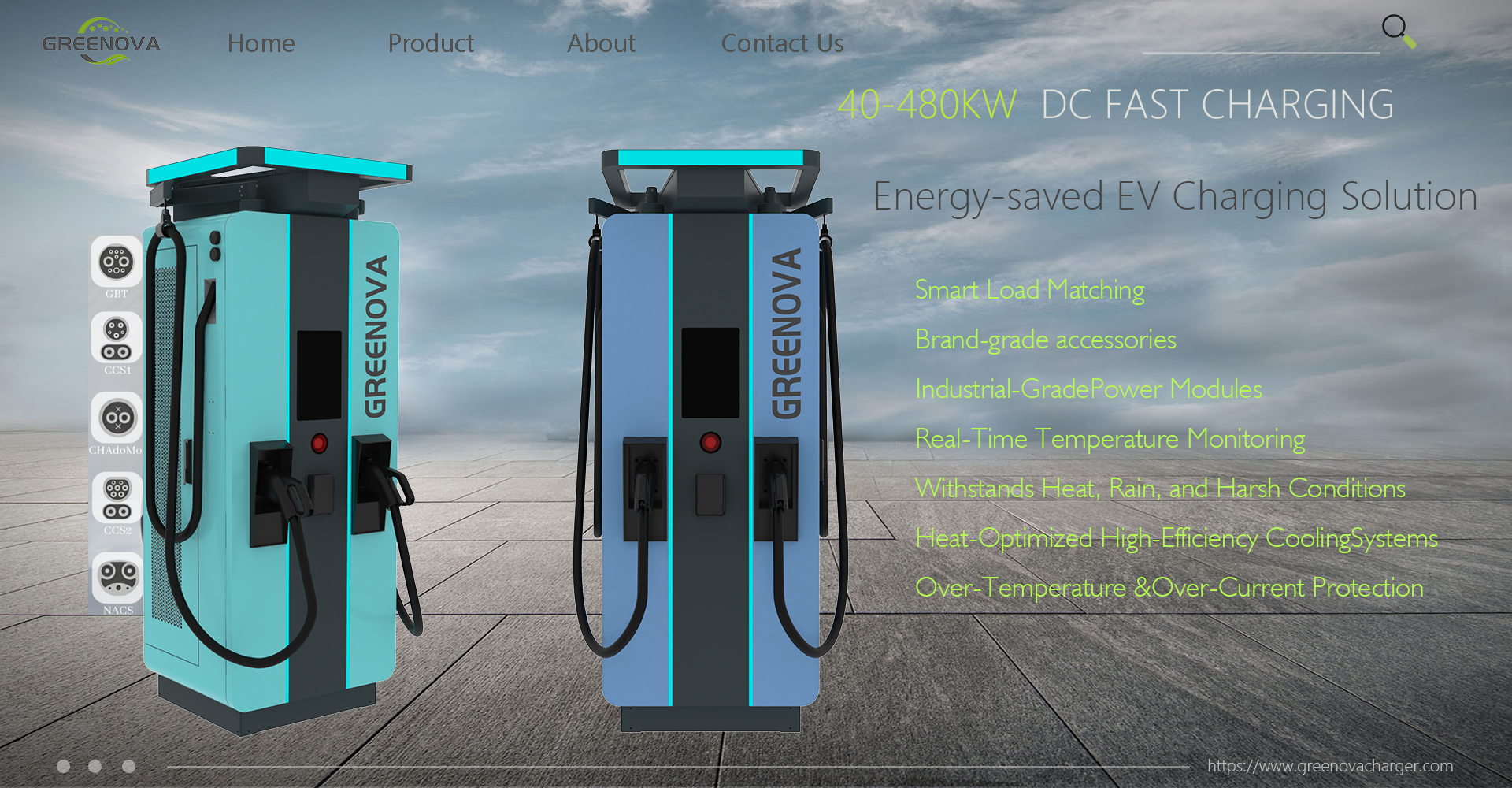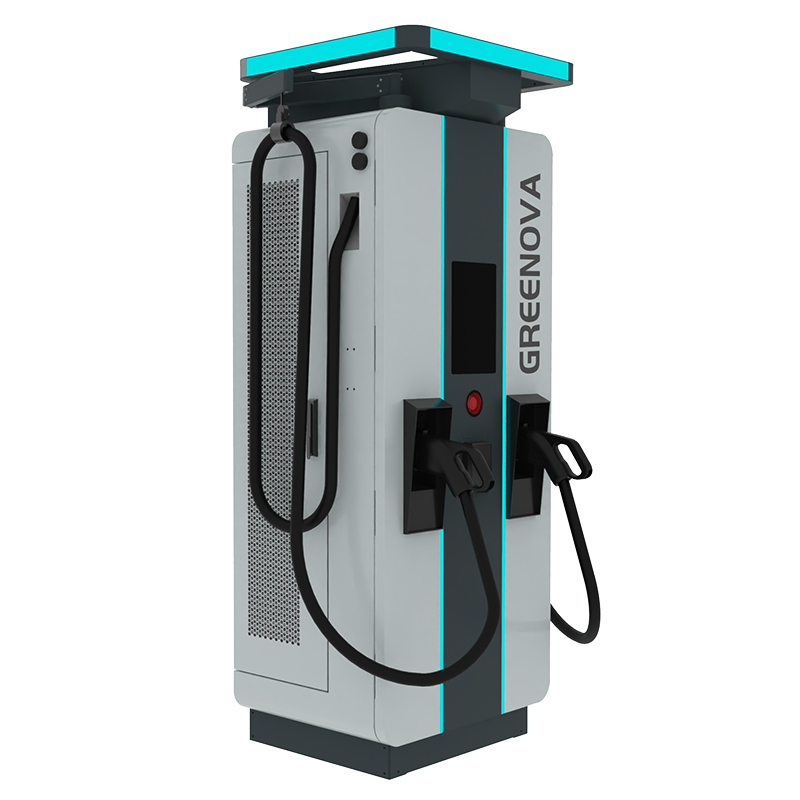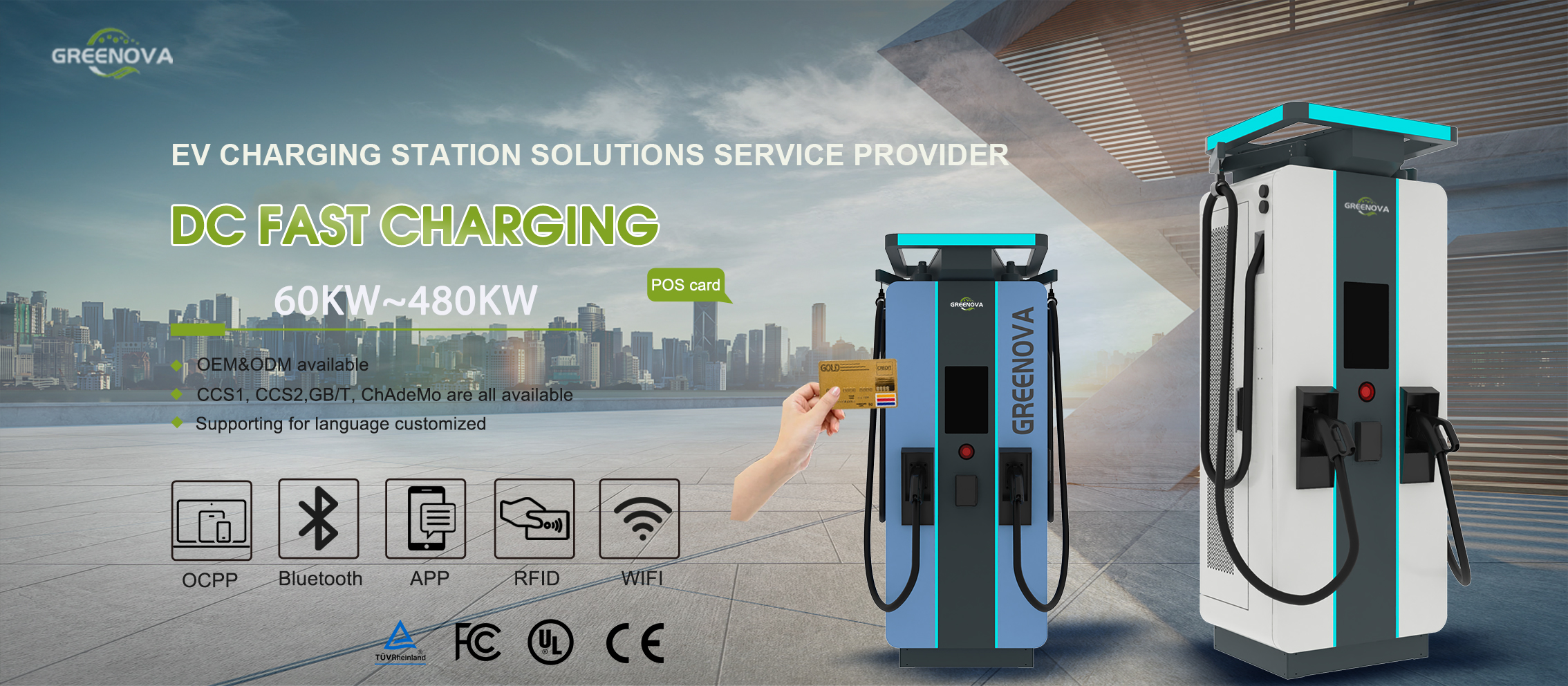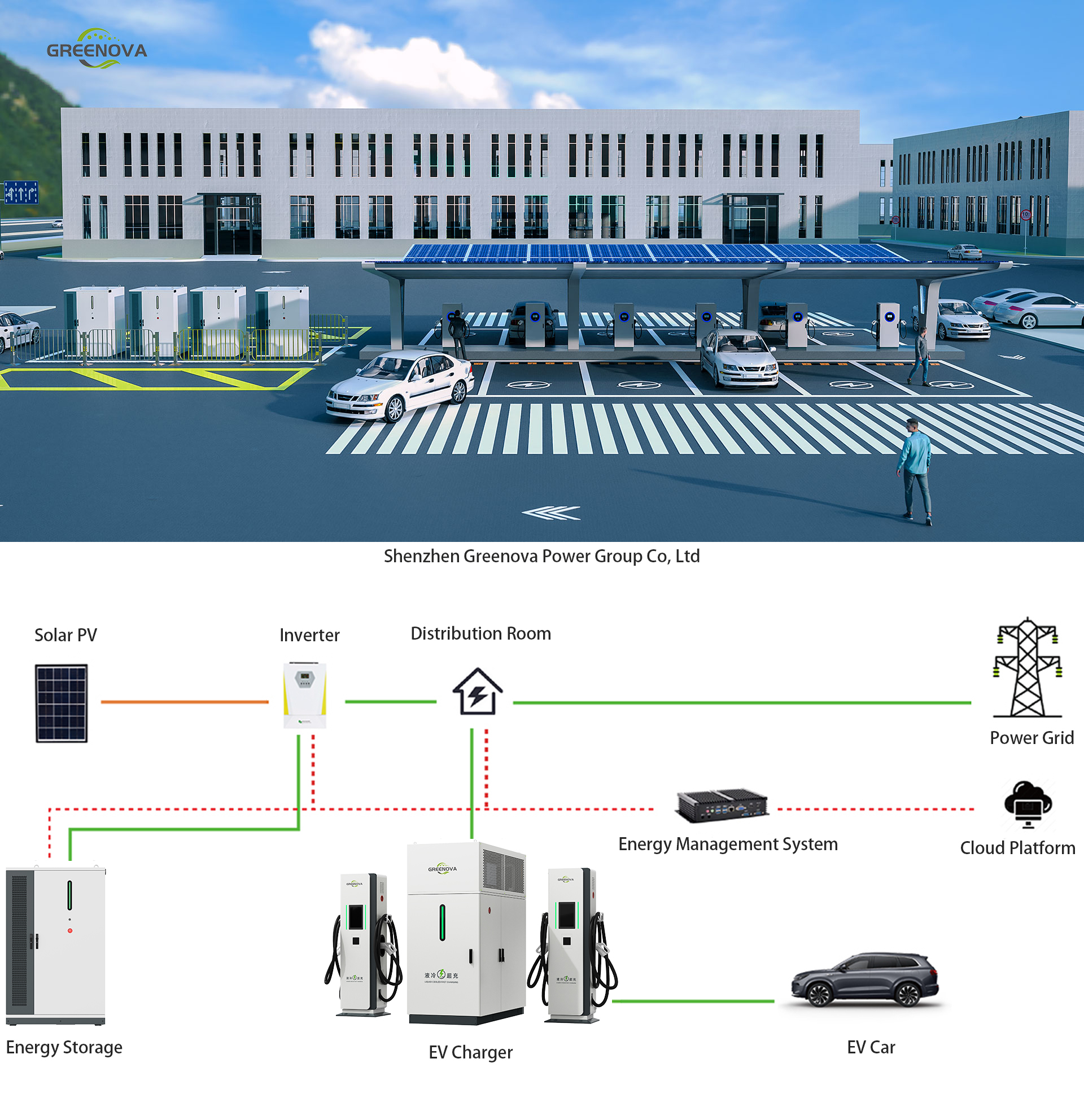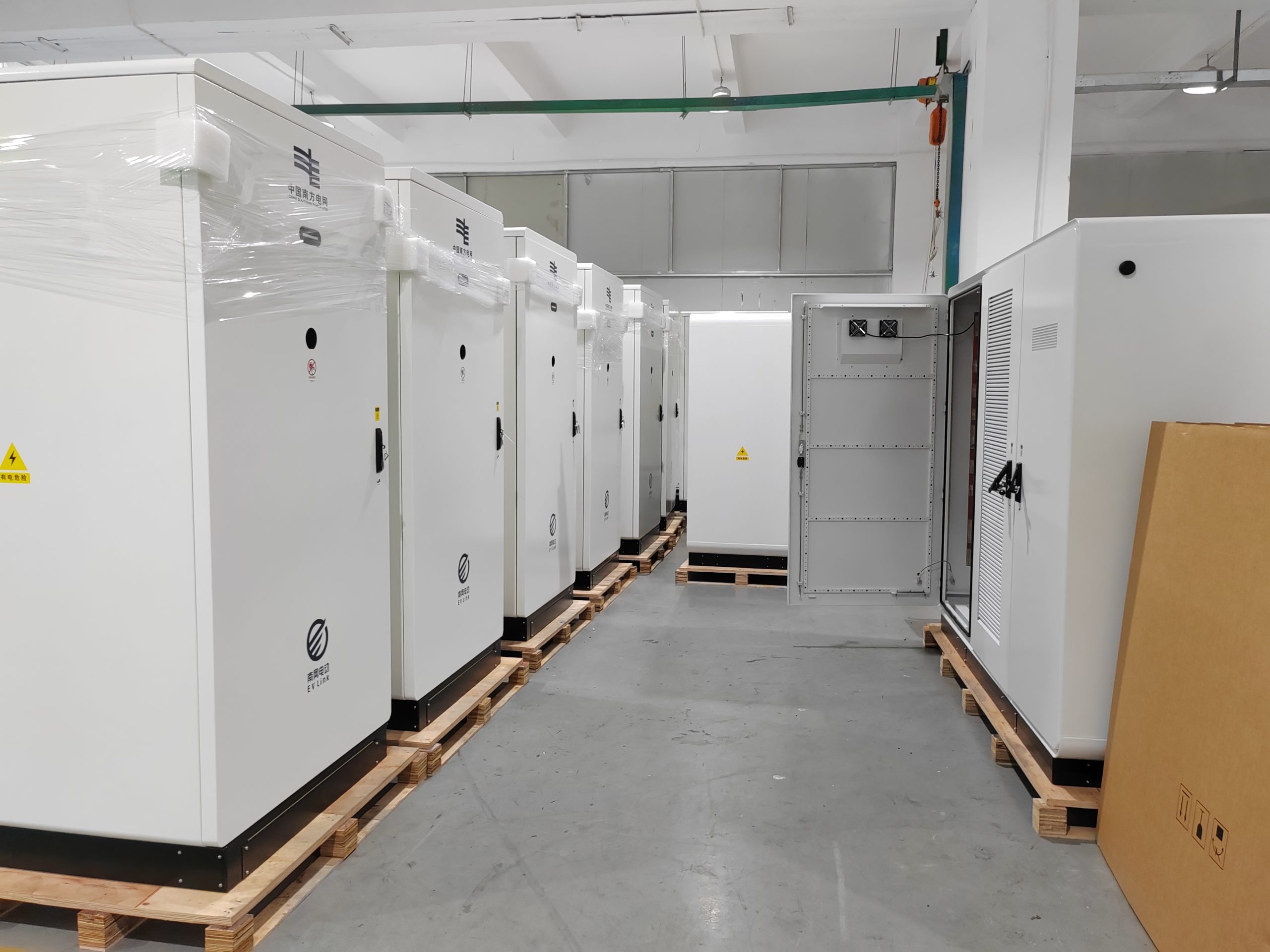As the global shift toward electric vehicles (EVs) accelerates, the demand for reliable, scalable EV charging infrastructure is growing rapidly—especially in emerging markets across Europe, the Middle East, Southeast Asia, and Africa. For manufacturers and exporters, this creates a promising opportunity to bring high-quality EV charging solutions to international clients.
In this comprehensive guide, we’ll walk you through the essential steps for setting up and exporting EV charging infrastructure to global markets.
Step 1: Identify Target Markets and Regulatory Requirements
Before entering a new market, research and understand the local EV adoption rate, government incentives, grid standards, and import regulations.
Key Markets to Consider:
- Europe: Requires CE certification; CCS2 connectors are mainstream
- Middle East: Growing demand in UAE, Saudi Arabia, and Egypt; dual gun chargers (CCS + CHAdeMO) are often preferred
- Southeast Asia: Countries like Thailand, Vietnam, and Indonesia are scaling up charging networks; compact DC chargers are in demand
- Central Asia & Africa: Emerging EV markets with strong potential and fewer local suppliers
Step 2: Choose the Right Product Portfolio
Export-ready EV chargers must be adaptable, durable, and compliant with international standards.
Product Types:
- DC Fast Chargers (30kW–240kW): Ideal for highways, commercial hubs, and fleet operations
- Wall-mounted DC Chargers (20kW–40kW): Suitable for smaller spaces, residential areas, and private parking lots
- Portable EV Charger Power Banks: Flexible backup and emergency charging solution
- AC Chargers (7kW–22kW): For home and low-traffic commercial applications
Ensure your chargers are equipped with:
- Universal connectors (CCS2, Type2, CHAdeMO)
- OCPP protocol compatibility for remote monitoring
- CE/UL/TÜV certifications for compliance
Step 3: Build a Reliable Supply Chain and Logistics Plan
Efficient packaging, warehousing, and international shipping are crucial to deliver chargers safely and on time.
Checklist:
- Choose export-friendly packaging (IP-rated, shockproof)
- Partner with freight forwarders experienced in EV equipment
- Prepare necessary export documentation: commercial invoice, packing list, certificate of origin, compliance certificates
Step 4: Offer Platform and After-Sales Support
International clients often need more than just hardware. Offering value-added services can enhance competitiveness:
- Backend Operating System: Provide a white-label or bundled platform for charger management
- Installation and Commissioning Guide: Include multilingual manuals or remote setup support
- After-Sales Service: Set up a dedicated support team and clear warranty terms
Step 5: Promote Through Digital Channels and Partnerships
Reach your target clients via:
- A multilingual, SEO-optimized website
- Product videos and photos showing testing, factory, and case studies
- LinkedIn, YouTube, and B2B platforms like Alibaba, Made-in-China
- Partnering with local EPC firms and charge point operators (CPOs)
Final Thoughts
Exporting EV charging infrastructure is a rewarding but complex process. With the right strategy—from regulatory alignment to product excellence and customer service—manufacturers can tap into the booming global EV revolution.
At GreenovaPower, we specialize in providing TÜV-certified DC fast chargers and complete support for global clients. Whether you are a charge point operator, distributor, or EPC firm, we’re ready to power your next export success.
📩 Contact us: sales@greenovapower.com
Let’s build the future of sustainable mobility—together.
EV charging export, DC charger supplier, portable EV charger, CCS2 export, charging station deployment, global EV infrastructure, GreenovaPower, TÜV certified chargers, OCPP charger, B2B EV chargers


